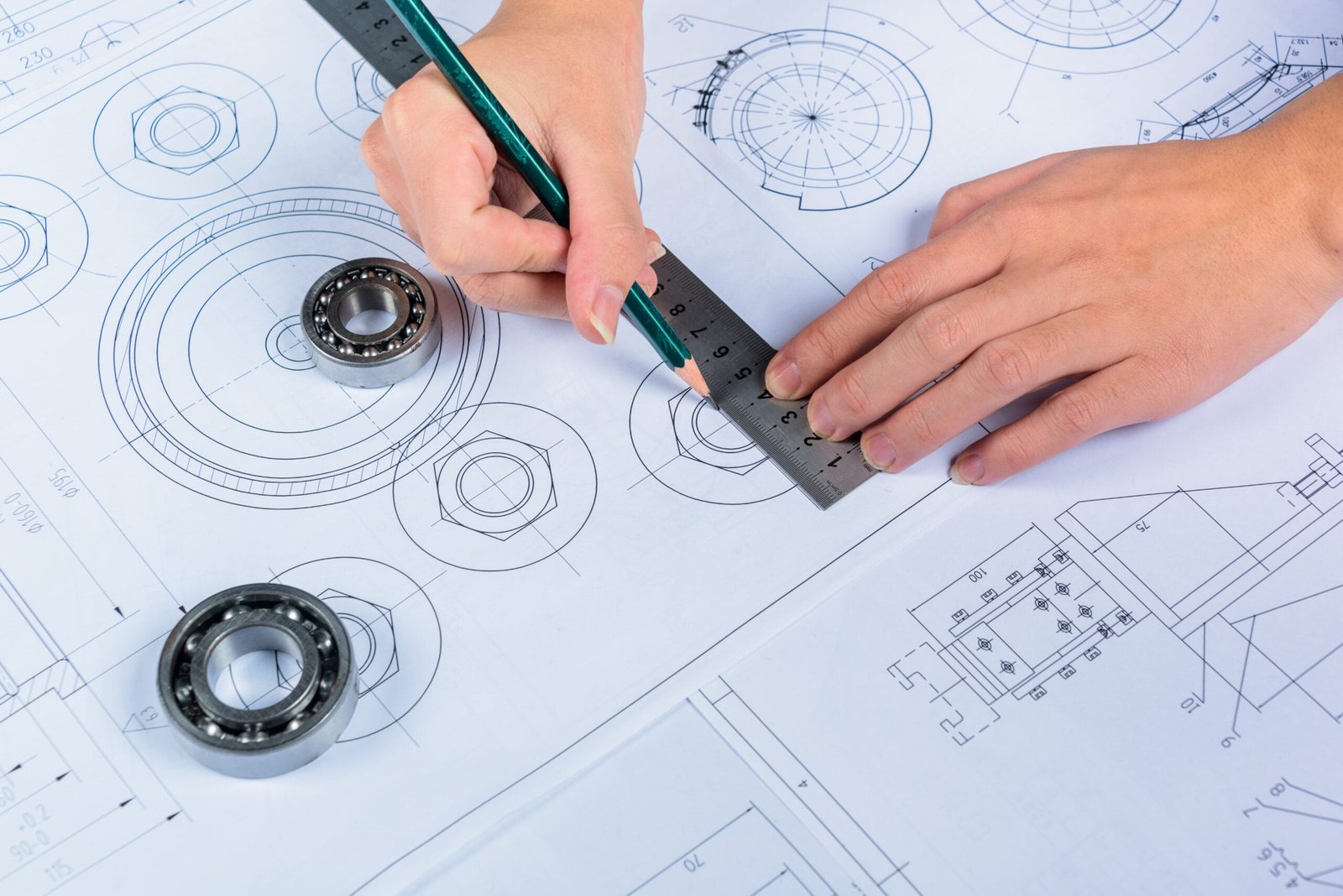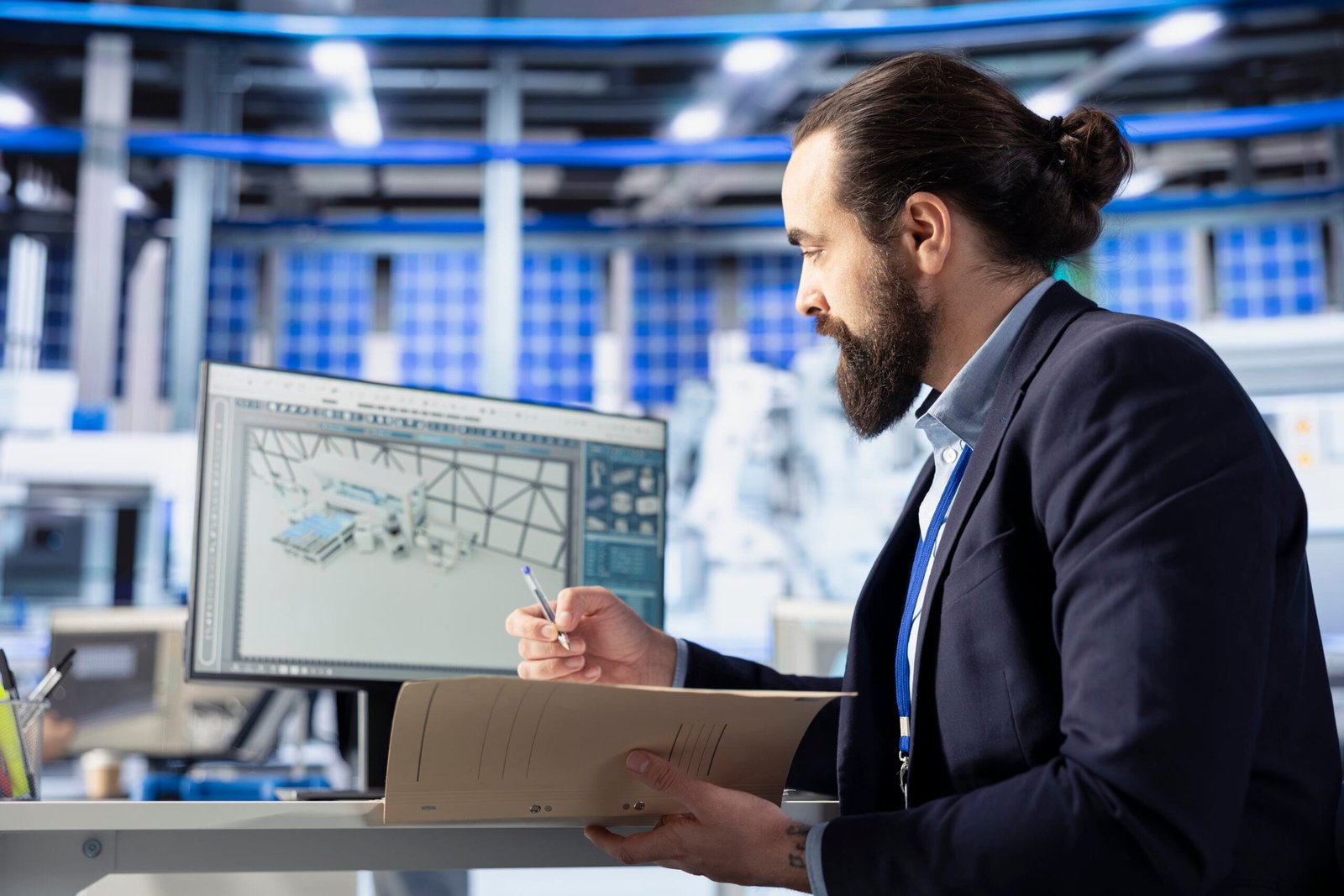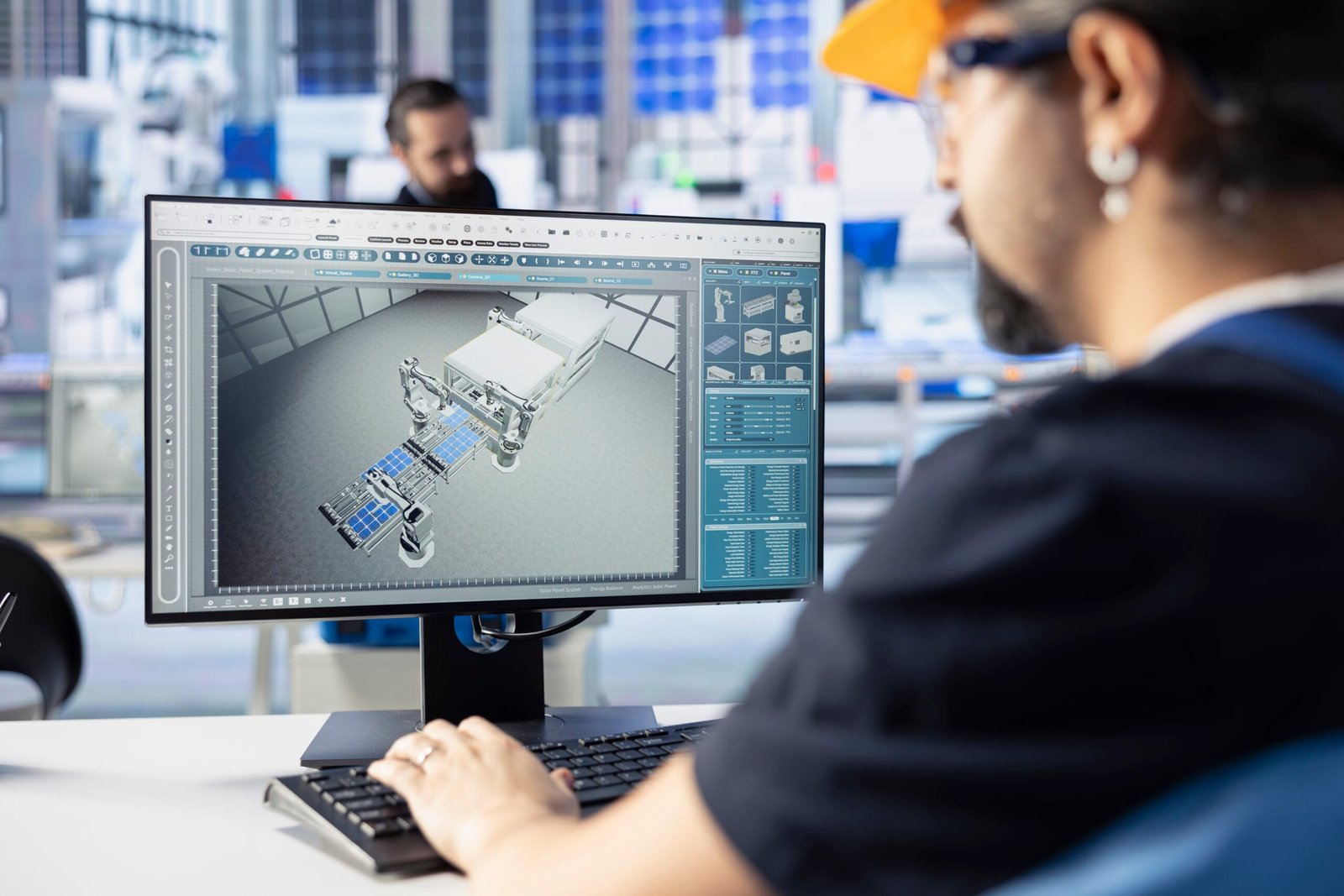Description: Discover how AR-Ready Part Renderings by DesignHok are transforming product design, engineering, and client presentations. Learn the benefits, applications, and why this technology is essential in today’s digital design world.
In the ever-evolving landscape of product design and mechanical engineering, innovation continues to shape how designers, engineers, and clients communicate and visualize ideas. One of the most transformative technologies today is Augmented Reality (AR), and when paired with high-quality part renderings, it offers a powerful tool that elevates product development and presentation to new levels. At DesignHok, we specialize in AR-ready part renderings that bring your mechanical components to life—virtually—before they’re ever manufactured.
What Are AR-Ready Part Renderings?
AR-ready part renderings are highly detailed, optimized 3D models designed for integration with Augmented Reality platforms. Unlike traditional CAD drawings or static 3D models, these renderings allow users to interact with and visualize parts in real space using AR devices such as smartphones, tablets, or AR glasses. By merging digital content with the real world, AR-ready renderings provide immersive, real-time previews of mechanical parts, systems, or assemblies.
At DesignHok, we craft each rendering with precision, using state-of-the-art tools to ensure compatibility with all major AR platforms like Unity, Unreal Engine, Apple ARKit, Google ARCore, and WebAR environments.
Why Are AR-Ready Renderings Important?
In mechanical design, clarity, accuracy, and communication are crucial. AR-ready part renderings serve multiple purposes:
1. Enhanced Visualization
Clients and stakeholders can see exactly how a part will look and function in the real world—scaled to size and positioned in their intended environment. This helps eliminate design misunderstandings and improves decision-making.
2. Interactive Experience
Unlike viewing a flat drawing or static model, AR enables users to rotate, zoom, and examine a part from every angle using simple gestures. This interactivity is especially helpful in showcasing complex geometries or mechanical assemblies.
3. Early Error Detection
By virtually placing parts into an environment or with other components, potential design flaws or spatial mismatches can be identified early, reducing costly revisions later in the development cycle.
4. Marketing & Sales Advantage
AR-ready part renderings provide a modern, compelling way to present products to potential customers. Product demonstrations can take place anywhere—without needing the physical product—helping sales teams close deals faster.
How DesignHok Creates AR-Ready Renderings
At DesignHok, we don’t just create standard 3D models. Our approach to AR-ready part renderings involves several key steps:
1. Model Optimization
We start with high-resolution 3D models and optimize them for AR use. This involves reducing polygon count, applying efficient UV mapping, and using lightweight textures to ensure smooth performance on mobile devices.
2. Material & Texture Realism
We apply photorealistic textures and materials that simulate metal finishes, plastics, rubber, or any required material. This adds realism while keeping models efficient.
3. Platform Integration
Our renderings are exported in formats compatible with popular AR development tools (.USDZ, .GLB, .FBX, etc.). We can also assist clients in embedding AR models into websites or mobile apps, making deployment seamless.
4. Quality Assurance
Each AR model undergoes strict visual and functional checks to ensure accuracy, scale, and real-world alignment. We test across devices to ensure performance is optimal.
Applications of AR-Ready Part Renderings
The power of AR spans across multiple industries and use cases:
- Mechanical Engineering: Preview fitment and function of mechanical parts in actual environments.
- Manufacturing: Visualize production equipment, tools, or jigs before manufacturing.
- Product Design: Present concepts to clients with interactive features for better feedback.
- Marketing & Exhibitions: Enable immersive experiences at trade shows or online campaigns.
- Education & Training: Teach engineering concepts using interactive, life-size digital models.
AR vs Traditional 3D Renderings
Traditional 3D renderings are excellent for presentations, print, and digital media, but they are static. AR-ready renderings go one step further by being:
- Interactive: Users engage with the model in a hands-on way.
- Contextual: Visualized within real spaces for better understanding.
- Mobile-Accessible: Delivered through QR codes, apps, or browser-based AR without specialized equipment.
When you want to give your clients more than just a picture—when you want them to experience your design—AR is the answer.
Why Choose DesignHok for AR-Ready Renderings?
DesignHok stands out because of our deep understanding of engineering principles and design visualization. Our team bridges the gap between mechanical accuracy and AR user experience. We’ve worked on a wide range of mechanical products—everything from automotive parts and robotics components to consumer appliances and complex machinery.
We don’t just deliver models; we deliver solutions that fit into your workflow. Whether you’re a mechanical engineer, industrial designer, or startup founder, we ensure your AR-ready part renderings meet the highest standards of quality, compatibility, and impact.
Future of AR in Mechanical Design
AR is rapidly becoming a standard tool in the design and engineering process. With the rise of Industry 4.0, remote collaboration, and smart manufacturing, AR-ready renderings help design teams:
- Collaborate across locations
- Reduce prototype costs
- Speed up development cycles
- Improve product understanding
As AR technology evolves, so does its potential. At DesignHok, we’re committed to staying ahead by adopting the latest trends and delivering solutions that help our clients thrive in this digital era.
Conclusion
AR-ready part renderings are more than just a trend—they’re a powerful tool for modern design. They improve visualization, increase efficiency, reduce costs, and enhance communication. With DesignHok as your design partner, you can transform your mechanical parts into interactive digital experiences that leave a lasting impression.
Whether you’re developing a complex machine or a small mechanical part, our AR-ready renderings will help you see it, sell it, and succeed.
Frequently Asked Questions (FAQ)
Q1: What file formats do you deliver for AR-ready part renderings?
A: We provide formats like .USDZ (for Apple AR), .GLB/.GLTF (for Android and WebAR), and .FBX/.OBJ as needed. We tailor delivery based on your target platform.
Q2: Can I use these models in my mobile app or website?
A: Absolutely. We can assist in embedding AR models into your app or web environment, complete with QR codes or AR buttons for instant viewing.
Q3: Do AR renderings replace physical prototypes?
A: While they don’t completely replace physical prototypes, they significantly reduce the number of iterations needed, saving both time and cost.
Q4: Are AR models accurate in scale?
A: Yes. We use precise measurements from your CAD files or blueprints to ensure accurate scaling and real-world alignment in AR.
Q5: What industries benefit most from AR-ready renderings?
A: Any industry that designs physical products—automotive, manufacturing, robotics, consumer electronics, and industrial machinery—can benefit greatly from AR-ready models.





